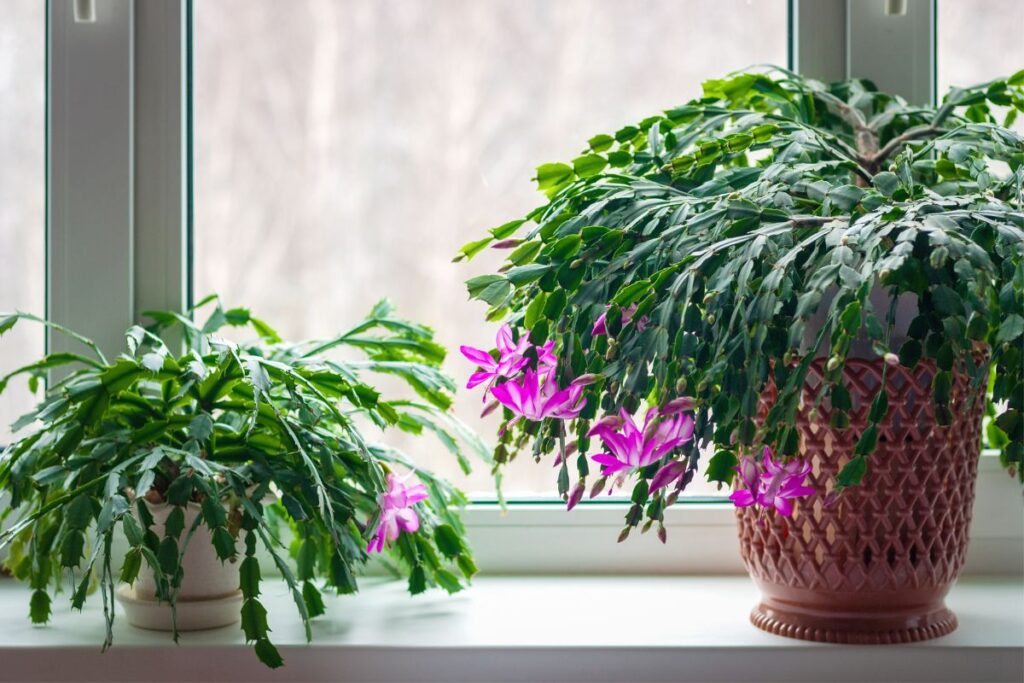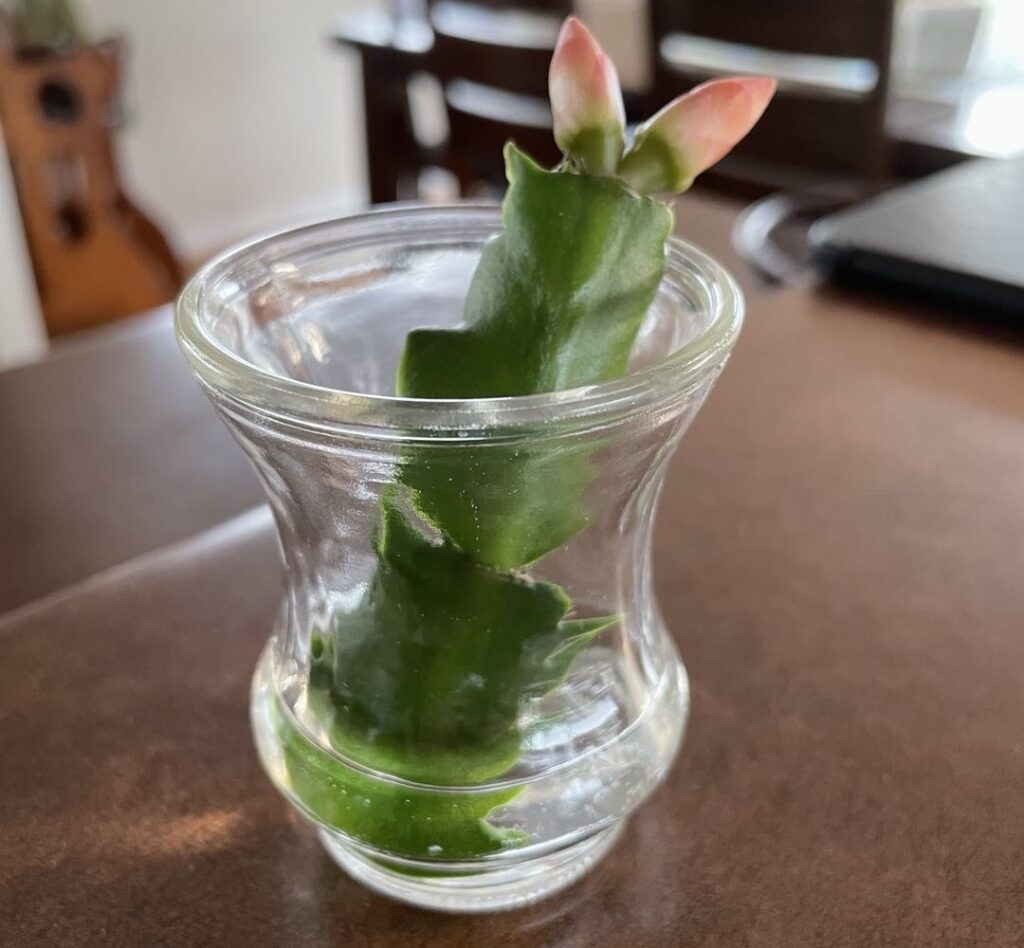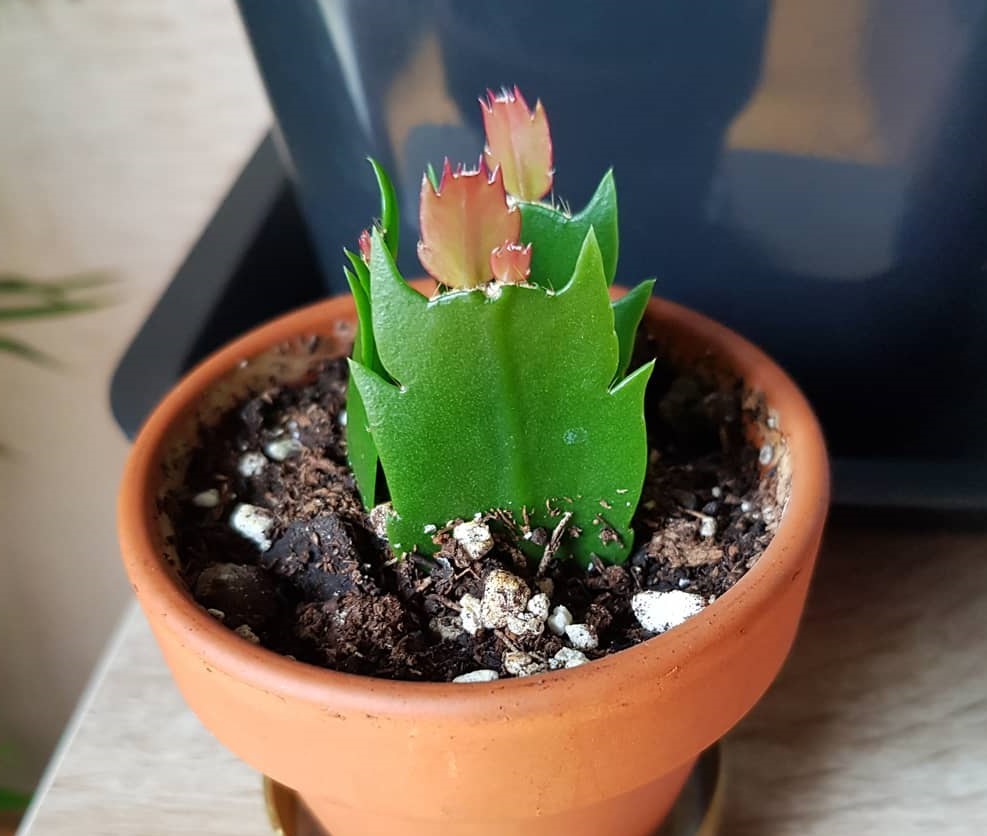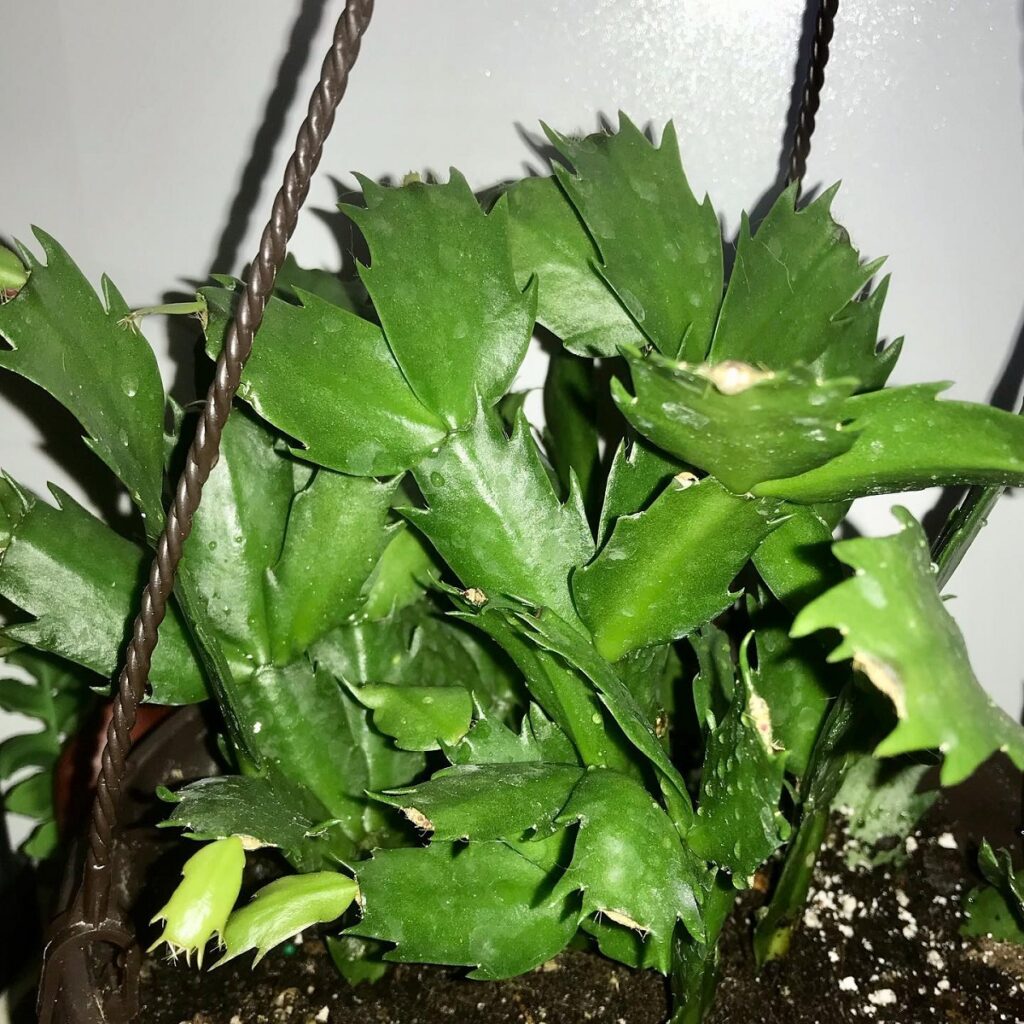Propagate Thanksgiving Cactus: 3 Crazy Simple Methods That Work
Tired of admiring your neighbor’s gorgeous Thanksgiving cactus blooms every year? Stop being a plant envy victim and multiply those beauties yourself! Propagating Thanksgiving cactus is stupidly easy, and I’m going to let you in on 3 crazy simple ways to do it. By the end of this guide, you’ll be a Thanksgiving cactus multiplying master. Let’s get growing!

Method 1: Water Propagation
This method is basically giving your cactus cuttings a hydroponic head start before going into soil. It’s mesmerizing to watch the roots sprout!
First, snip off a 4-6 inch stem segment from a healthy Thanksgiving cactus plant. Remove the bottom leaves and pop the cutting into a vase or jar of room temperature water. The water should cover about half the stem.

Next, find a bright, sunny spot for the vase and top up the water when it gets low. In about 2-4 weeks, you’ll see tiny roots emerging! Once the roots are an inch or so long, carefully transplant your new cactus baby into a pot with well-draining cactus soil.
The pros of water propagation are it’s clean, easy to monitor, and avoids drying out the delicate cuttings. The minor con is the waterbaby roots can be a bit fragile when first transplanting to soil.
Method 2: Soil Propagation
If you prefer keeping things fully planted, soil propagation is a simple option. You’ll need a sharp knife or pruners to snag a few stem cuttings.
Cut the stems into 3-4 inch pieces, ensuring each one has at least 2 segments. Allow the cut ends to dry for a few hours before the next step. This helps prevent rot.
Then simply stick the cuttings into a fresh pot of cactus soil, gently firming the soil around the base. Keep the soil lightly moist and place the pot in a warm, bright space.

With soil propagation, you may need to be a bit more patient while the cuttings develop roots, which can take 4-8 weeks. But eventually new growth will emerge!
The pros are the cuttings establish sturdy roots directly in the soil from the start. The cons are slightly slower results and having to care for the soil moisture levels.
Method 3: Division
Dividing a mature Thanksgiving cactus is a final crazy simple method! This works best for larger plants that have grown into separate stems or offshoots.

Start by carefully removing the entire cactus from its pot and gently pulling apart the stems and root systems by hand. You want to end up with a few sections, each having both stems and roots intact.
Next, grab some new pots and fresh cactus soil. Replant each divided section into its own container, ensuring the roots can spread out nicely.
Water the newly potted divisions and find them some bright, sunny spots. Voila – propagation success through division!
The pros are using an existing, established plant and getting multiple new ones extremely easily. The minor con is needing a large plant to divide in the first place.
So whether you choose water propagation, soil propagation, or division, you really can’t go wrong. Get started today and soon enough, you’ll be able to grace all your friends with radiant Thanksgiving cactus gifts!
